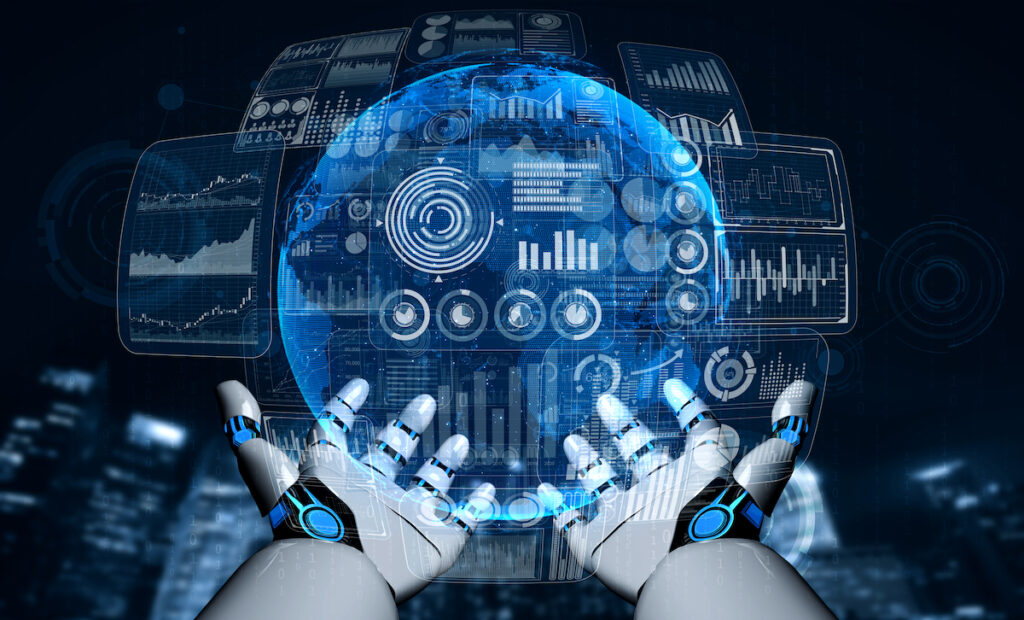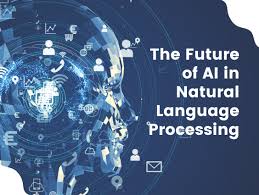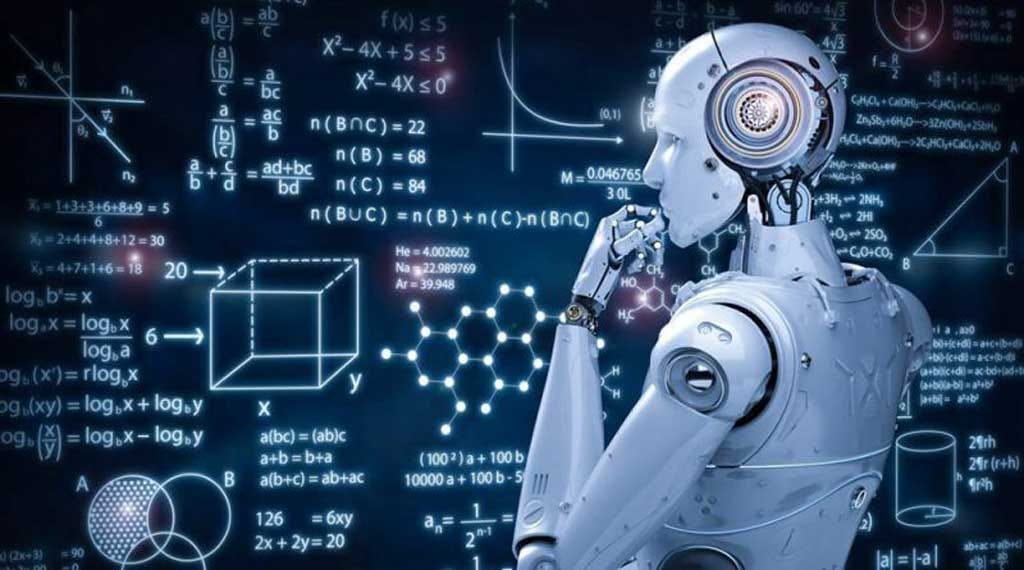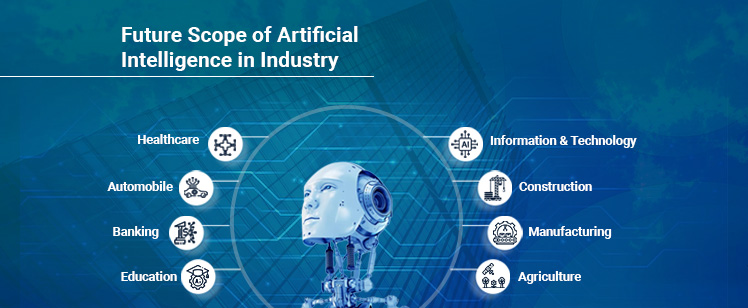Branches of Artificial Intelligence: A Mind Map
Artificial intelligence (AI) isn’t some magic box that spits out solutions. It’s a vast field with numerous branches, each tackling a specific aspect of making machines intelligent. Imagine a mind map – a central idea with branches radiating outwards. Here, AI is the central idea, and the branches represent its diverse approaches. Let’s explore some key branches and see how they contribute to the ever-evolving landscape of AI.


The Major Branches of AI
Think of these branches as specialized teams working together.
- Machine Learning: This team focuses on training algorithms to learn from data. Imagine a student who gets better at solving problems with practice. Machine learning algorithms analyze vast amounts of information, identify patterns, and improve their performance over time. From recommending movies you might enjoy to recognizing faces in photos, machine learning is everywhere.
- Deep Learning: This team builds upon machine learning with a more sophisticated approach. Inspired by the human brain, they use artificial neural networks – complex algorithms loosely modeled after networks of neurons. These neural networks excel at recognizing intricate patterns, making them ideal for tasks like image and speech recognition. Self-driving cars, for instance, rely heavily on deep learning to navigate the world.


- Natural Language Processing (NLP): This team specializes in bridging the communication gap between humans and machines. They develop algorithms that enable computers to understand and process human language. This includes tasks like sentiment analysis (figuring out if a review is positive or negative), machine translation (translating text from one language to another), and even generating human-quality text. As NLP continues to evolve, the way we interact with machines will become even more natural.
- Computer Vision: This team equips machines with the ability to “see” and understand the world around them. They develop algorithms that analyze visual information like images and videos. From medical imaging analysis to object detection in self-driving cars, computer vision plays a crucial role in various applications. By enabling machines to interpret visual data, computer vision is revolutionizing the way we interact with technology.
- Robotics: This team brings AI to life by designing, building, and operating robots. They combine various AI branches like machine learning and computer vision to create robots that can perform tasks in the real world. Whether it’s an industrial robot assembling cars on a production line or a surgical robot assisting doctors in complex procedures, robotics pushes the boundaries of what AI can achieve.

The Future of AI: Branching Out
The future of AI is brimming with exciting possibilities as new branches emerge and existing ones expand their capabilities. Evolutionary computation, inspired by the process of natural selection, allows AI to learn and adapt through simulated evolution. Reinforcement learning focuses on training AI through trial and error, enabling it to learn by interacting with its environment and receiving rewards for desired behaviors. Neuromorphic computing takes inspiration from the human brain’s structure and function, aiming to create even more efficient and powerful AI systems. These are just a few examples, and the possibilities seem endless. As AI branches out further, we can expect it to play an even greater role in scientific discovery, healthcare advancements, personalized education, and environmental sustainability. However, it’s crucial to remember that with great power comes great responsibility. Ethical considerations surrounding AI development and deployment will remain a critical focus, ensuring that AI benefits humanity in a positive and responsible way.

Conclusion: A Blossoming Tree of Knowledge
The branches of AI, like the branches of a mighty tree, represent the ever-expanding knowledge and capabilities of this fascinating field. Each branch tackles a unique aspect of intelligence, contributing to the overall growth of AI. Machine learning empowers machines to learn, deep learning delves into the complexities of the human brain, NLP bridges the communication gap, computer vision grants machines sight, and robotics brings AI to life. As these branches continue to flourish, new ones emerge – evolutionary computation, reinforcement learning, and neuromorphic computing – pushing the boundaries of what AI can achieve.
This blossoming tree of knowledge promises a future brimming with possibilities. From scientific breakthroughs in medicine and materials science to personalized education and environmental solutions, AI has the potential to revolutionize countless fields. However, with this immense power comes the responsibility to develop and deploy AI ethically. Careful consideration of potential biases, transparency in algorithms, and ensuring responsible use are crucial to harnessing the power of AI for the greater good. Just like a tree needs careful nurturing to thrive, the future of AI depends on a collaborative effort between researchers, developers, and policymakers. By fostering responsible growth, the branches of AI can continue to blossom, shaping a brighter future for all.
Bonus:
- Online Courses: Numerous platforms offer introductory and advanced courses on various AI branches. Platforms like Coursera, edX, and Udacity provide interactive learning experiences with video lectures, quizzes, and projects.
- Books: Dive into the world of AI through books written by leading researchers and experts. Explore topics like machine learning algorithms, the philosophy of AI, and the potential impact of AI on society.
- Documentaries and Podcasts: Immerse yourself in documentaries and podcasts that explore the cutting edge of AI research and development. Learn about real-world applications of AI and the ethical considerations surrounding its use.
· AI Blogs and Websites: Stay updated on the latest advancements in AI by following reputable blogs and websites. These resources offer insightful articles, interviews with experts, and news about groundbreaking research
